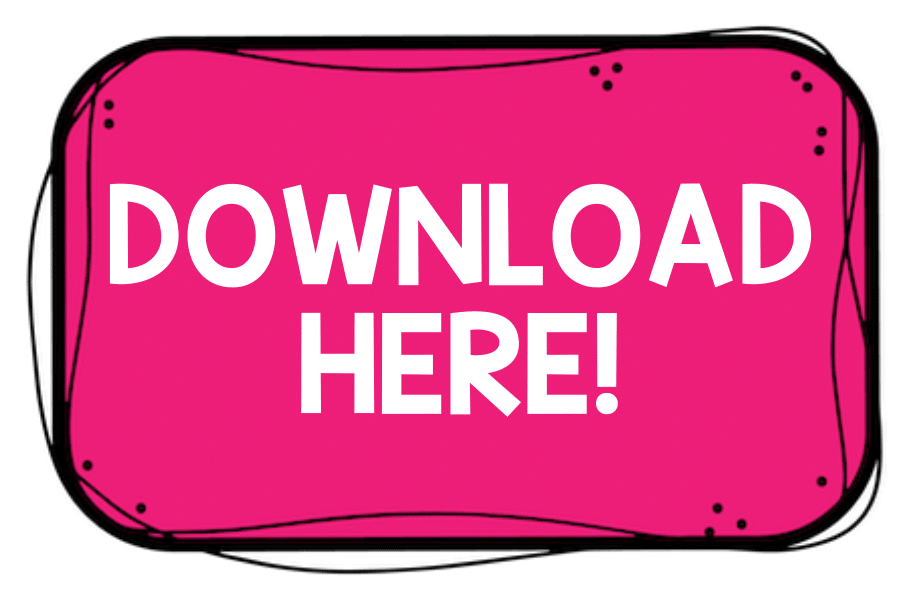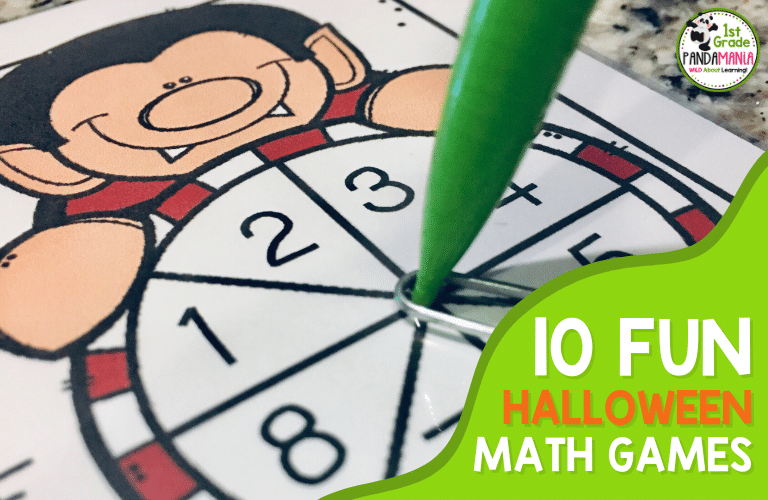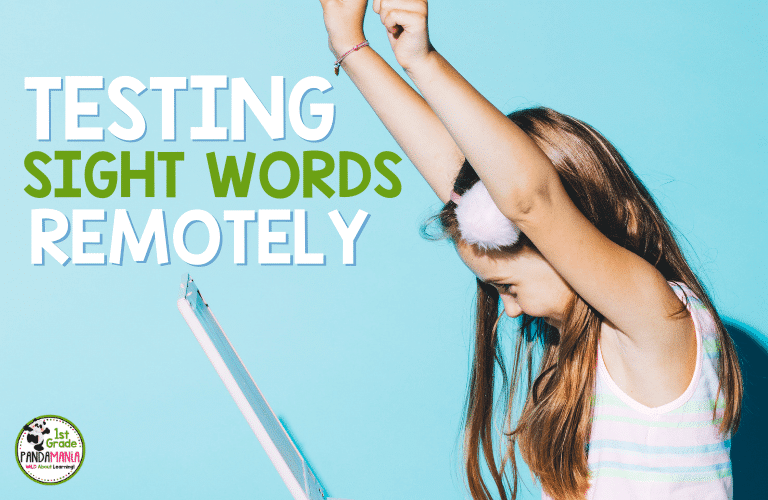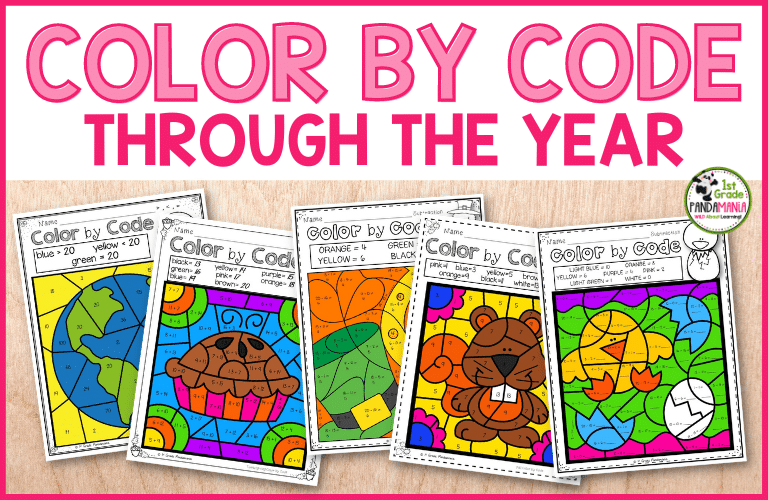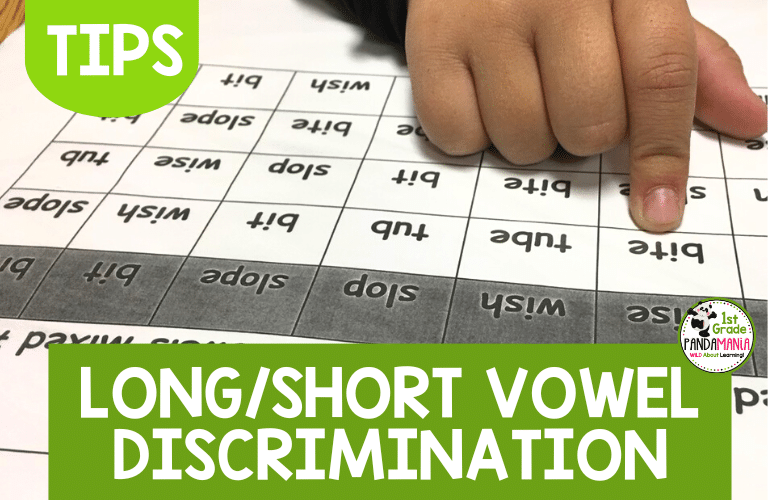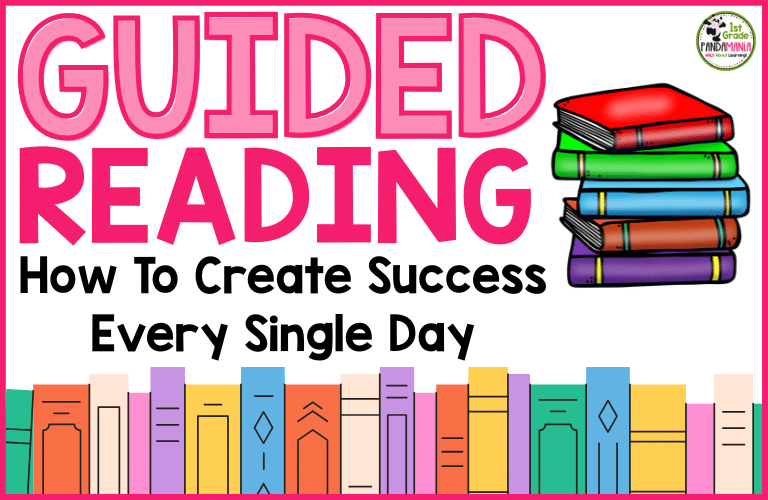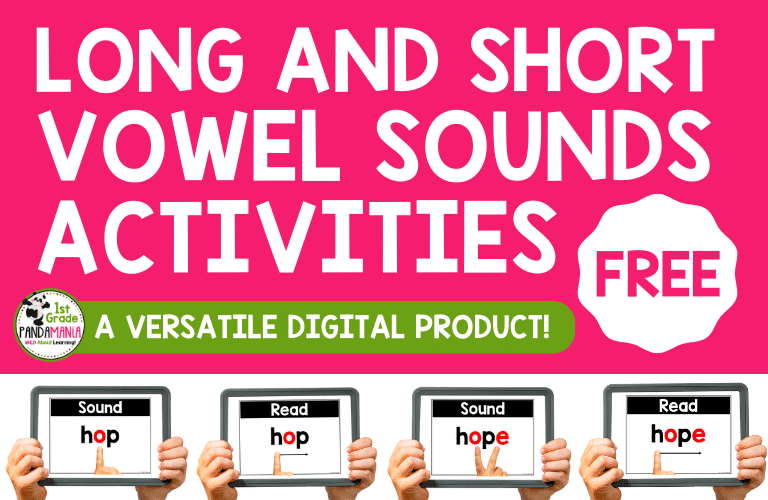First Step to Guided Reading Lessons: How to ASSESS
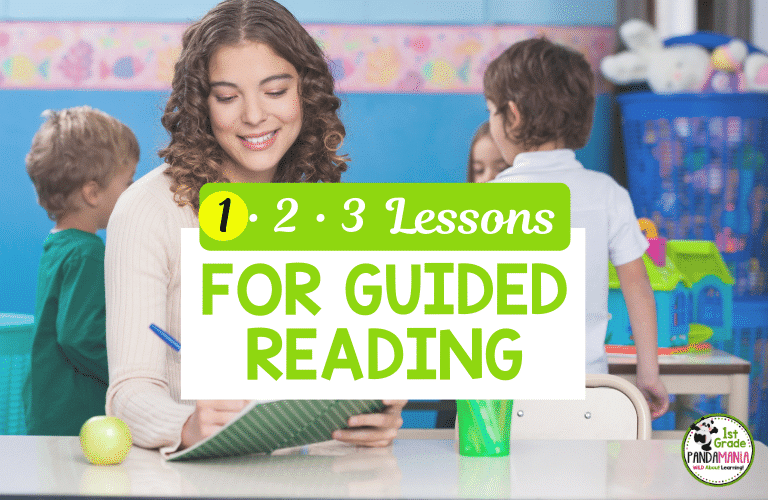
In the previous post, Guided Reading Lessons in 1-2-3, I mentioned there are 3 parts to designing effective guided reading lessons. This blog post will focus on Targeted Guided Reading Assessment
The process I used is quite simple:
I know. It’s not a big secret method. It’s what many of us already do.
But in order for our guided reading lessons to be effective, each of the 3 steps must be intentionally completed.
Intentionally: Purposefully, deliberately, with intention, knowingly, meaningfully

This blog post will focus on #1: Assessment
I suggest assessing your students on some (gradually all) of the following literacy skills:
- phonemic awareness
- phonics
- sight words
- fluency
- comprehension
Not all students need all of the testing listed above. No one has that much time and your students would be overwhelmed. We don’t want that.
Where to Start?
So instead, teachers of young readers must establish a testing starting point. Many schools use a screening assessment like DIBELS at the beginning of the year to establish a baseline for future testing and instruction. If DIBELS assessments are not available, your reading specialist in your building or district may have testing materials to screen your students.
Then What?
Once students are screened, students who need supplemental intervention are identified. Then diagnostic testing can be done for those students. Usually, your guided reading assessments include phonemic awareness, phonics, and fluency testing, but can also include sight word testing and comprehension. See our Targeted Phonics Assessments here!


Our Targeted Guided Reading includes all the testing shown above and more…it may be all you need!
Needs are identified and recorded while clear, achievable goals for each student are set with the data gathered from guided reading assessments like screening and diagnostic testing.
Tip: Set goals with each student so they know what their goals are and know what to do to reach their goals.
SET GOALS
For example, after testing a student’s reading fluency, you might have the student fill in a fluency graph with their score for that week. Then together, talk about their new goal for the next testing period. You might also talk about what the student needs to do in the next week or so to reach that new goal. Maybe they need to work on reading sight words more automatically. Maybe they need to do timing at home to read more smoothly.
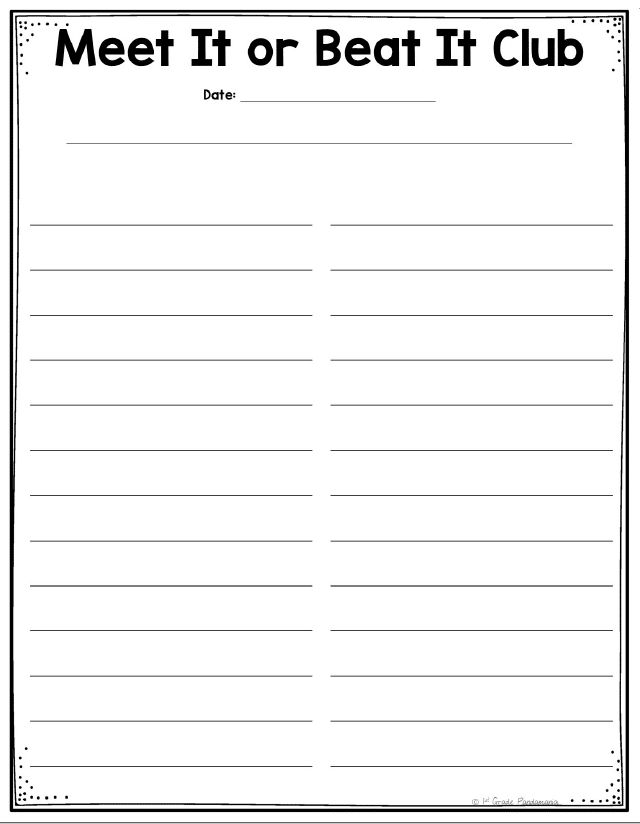
Meet it or beat it club FREEBIE!
Teacher Tip: Start a Meet It or Beat It Club to CELEBRATE students who achieve their goals!
- Write Meet it or Beat It Club on the board, display the words on a bulletin board or just poster board.
- When students meet their goals or better yet, BEAT their goals, they get to sign their names under the heading Meet It or Beat It Club!
- Their names remain up until the next testing period when new goals are made or old goals are attempted again.
- Send a note home to parents letting them know their child met/beat their goal and what that goal was.
Grab a FREE Meet It or Beat It Club poster and celebration awards down below!
And The Rest of the Year?
So you now have screening, diagnostic testing, and you’ve set individual goals…
Now what?
You’re ready to group, instruct, and then progress monitor.
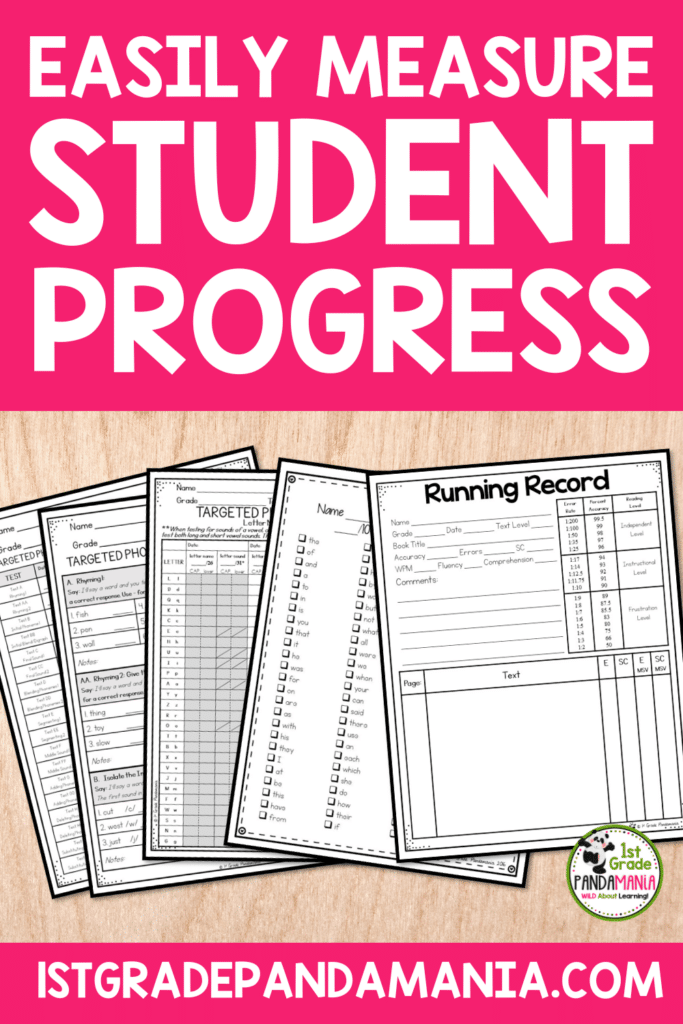
Progress monitoring will be the majority of the testing you do throughout the year. This is how we measure student progress, determine whether goals have been met, decide if new goals need to be set, and move students to different groups when needed.
The progress monitoring tests you use are based on their diagnostic testing, the goals you set, and the results of prior progress monitoring.
Some students with greater needs should be progress monitored at least once per month. Twice a month is better if possible to better monitor progress, tweak goals, and intervene if necessary.
Our Targeted Phonics Assessments mentioned above are often used for progress monitoring as well as our easy Fry Sight Word PowerPoint Test and Digital Center. Click on the computer below to try out 1-25 sight words PowerPoint for free in your classroom!
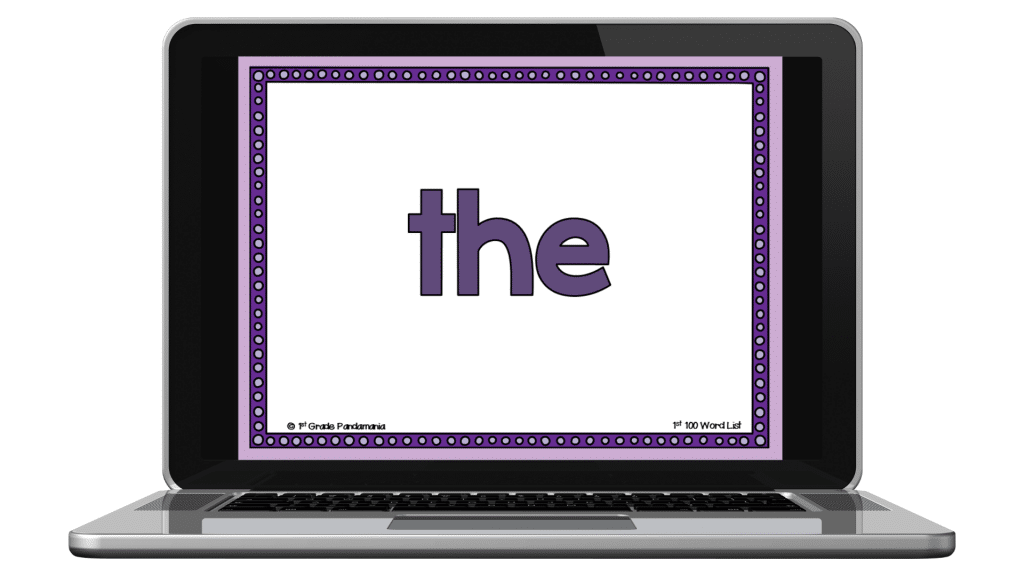
Thanks for stopping by and feel free to comment below with any questions!

